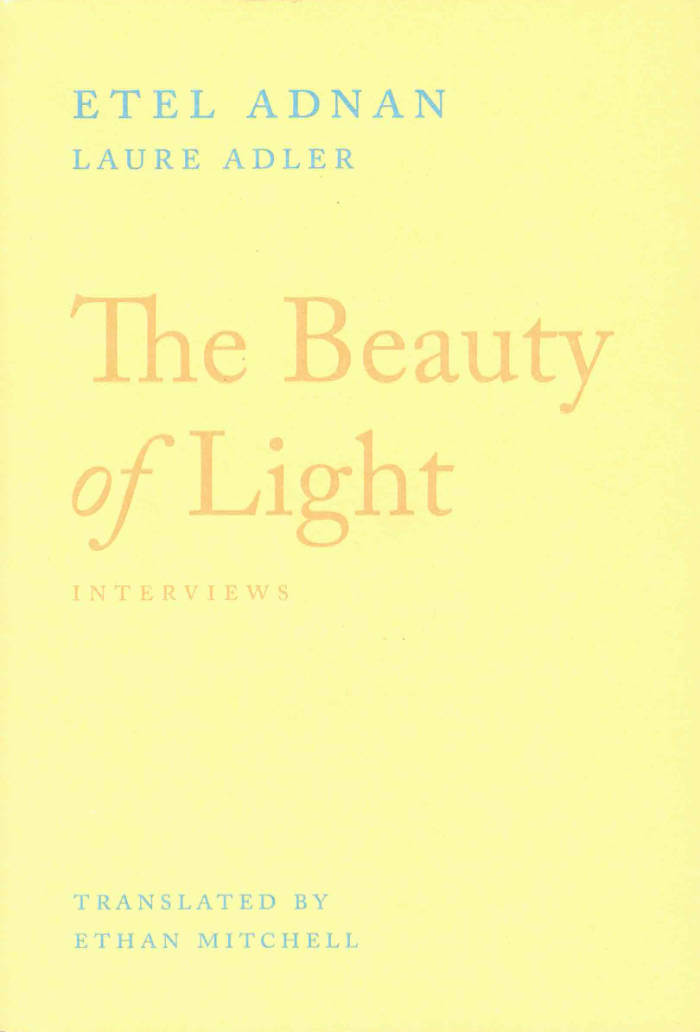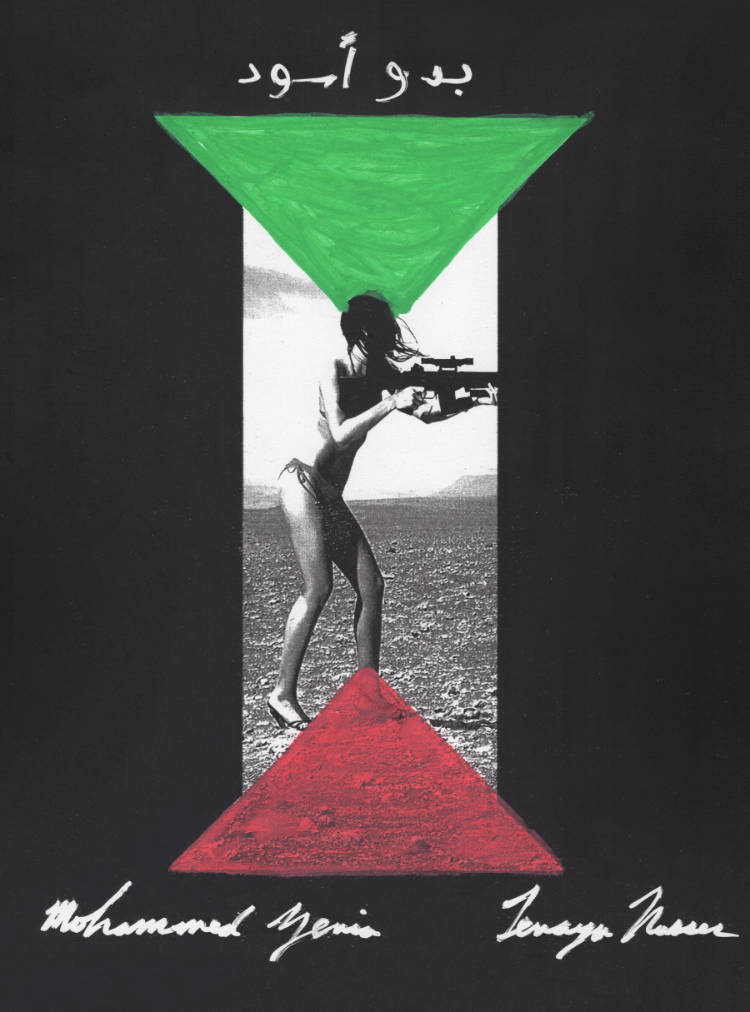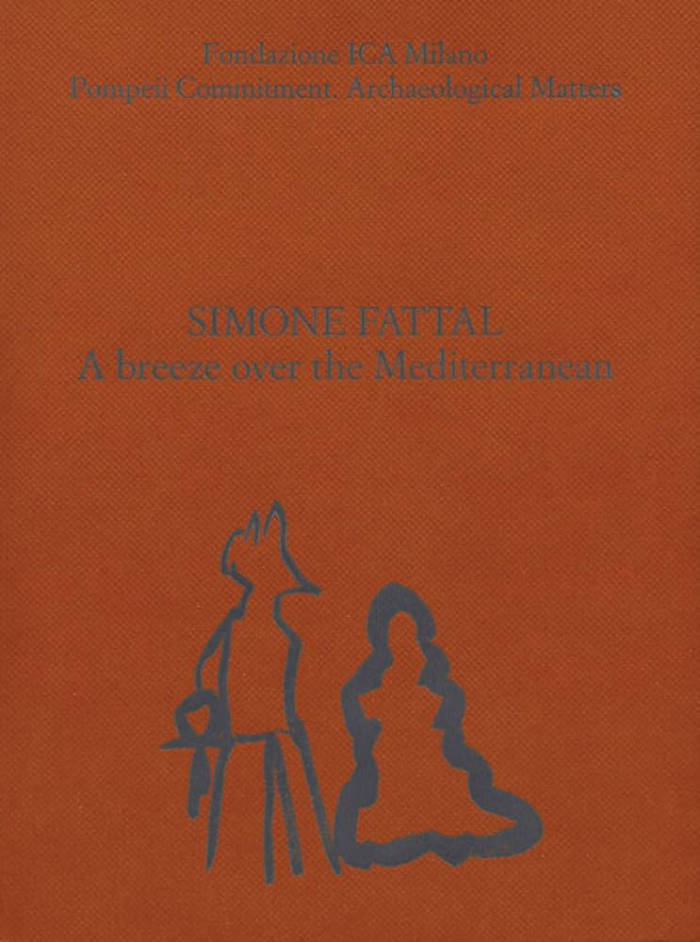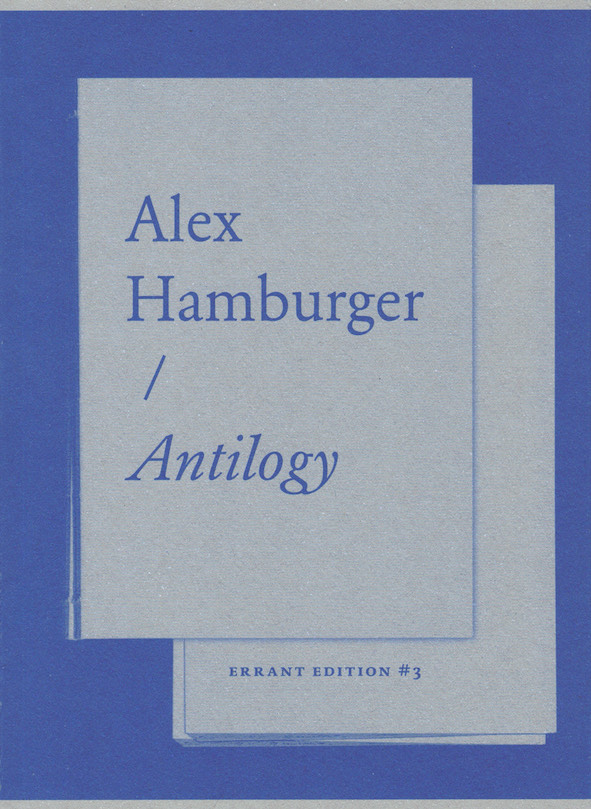
Dusk – Anthology – Contemporary Lebanese Women Poets
Paulina Spiechowicz ed., Nada Ghosn ed.
This anthology presents a selection of over 100 texts by some sixty contemporary Lebanese women poets, reflecting the plurality of voices that tell, each in their own way, to the many facets of the same country. The trilingual book (in English, French and Arabic), edited by Nada Ghosn et Paulina Spiechowicz, published after four years of research, is accompanied by artworks from Etel Adnan, Laure Ghorayeb, Huguette Caland, Afaf Zurayk, Manar Ali Hassan, and Jana Eid.
During these troubled times that Lebanon is going through, the anthology of contemporary Lebanese women poets aims to give a voice to those underrepresented in literary studies and the art world alike.
This poetry book aims at carving a path made of a plurality of voices: around sixty poets and over one hundred texts that tell, each in its own way, the many facets of a single country, like a kinetic atlas, a lyrical fresco carried by reading, traveling, translating, and contemporary art in the broadest sense.
Contributions by Violette Abou Jalad, Etel Adnan, Sana Al-Bana, Hoda Al-Naamani, Susanne Alaywan, Manar Ali Hassan, Thérèse Aouad Basbous, Romy Lynn Attieh, Ritta Baddoura, Rita Bassil, Valérie Cachard, Huguette Caland, Elmira Chackal, Andrée Chedid, Majida Dagher, Ranim Daher, Frida Debbané, Amanda Dufour, Mireille Eid, Leila Eid, Jana Eid, Nada El Hage, May Elian, Tamirace Fakhoury, Claire Gebeyli, Rim Ghandour, Laure Ghorayeb, Hala Ghosn, Joumana Haddad, Katia-Sofia Hakim, Darine Houmani, Inaya Jaber, Mariam Janjelo, Edvick Jureidini Shayboub, Hana Khatoun, Vénus Khoury Ghata, Michèle Gharios, Nadine Makarem, Noha Moussawi, May Murr, Linda Nassar, Amal Nawwar, Myra Prince, Violaine Prince, Rouba Saba, Nohad Salameh, Christiane Saleh, Roula Saliba, Mo Maria Sarkis, Nada Sattouf, Maha Sultan, Yvonne Sursock, Samia Toutounji, Nadia Tuéni, Hyam Yared, Sabah Zouein, Afaf Zurayk.
Trilingual edition: Eng, Fr, Ar.
Published in 2024 ┊ 448 pages ┊ Language: English, French, Arabic







